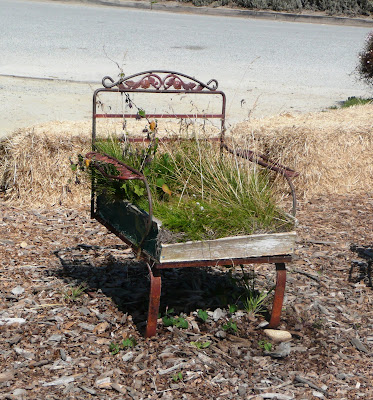 Back home in the Finger Lakes it is the time of falling leaves. It is a time when all the landscape seems touched by a broad Indian paint brush - gold, orange, and red. This land was once the hunting grounds of the great Seneca chiefs, Red Jacket and Cornplanter.
Back home in the Finger Lakes it is the time of falling leaves. It is a time when all the landscape seems touched by a broad Indian paint brush - gold, orange, and red. This land was once the hunting grounds of the great Seneca chiefs, Red Jacket and Cornplanter.At the lake, September was always the time to close the cottage for the winter. Overhead flocks of migrating geese would honk their way down the lake, as the grown-ups busied themselves shutting off the water and taking in the boat dock. We kids had other things on our minds. We carefully raked, and laid out the rooms of leaf houses. Later in the day, we piled the leaves into high stacks - just right for running leaps and jumps, or for playing hide and seek. When it got close to dark, my father would rake it all together and set it alight. Together we would watch as fragrant burnt leaf offerings made their way into the night sky.

In town, we kids skipped down the side walks of tree-named streets: Oak, Chestnut, Elm and Maple. Our eyes were ever on the lookout for that perfect leaf specimen, to pin onto Mrs. Collins’ bulletin board. My secret retreat in those early years was the ancient grape arbor at the back of the house. Tucked under its leafy blanket, the scent of ripening grapes foretold the coming harvest, and I would dream of carefree days of apple orchards, homemade cider and moonlit hayrides.
Many leaves later, I am still at it. Each autumn a leaf-longing overtakes me. I keep watch for the first leaves drifting to earth, always searching for that special one.
Still Skipping,
Marjorie





 The quality and pastel plaids of these lambs wool or Merino sheep blankets are similar to their Welsh cousins, and less costly at around $10 each.
The quality and pastel plaids of these lambs wool or Merino sheep blankets are similar to their Welsh cousins, and less costly at around $10 each.







 Fifties-era metal outdoor chair with a tufted cushion of assorted grasses.
Fifties-era metal outdoor chair with a tufted cushion of assorted grasses.  You say tomato, I say tomatoe. Either way, it’s heirloom and it’s delicious!
You say tomato, I say tomatoe. Either way, it’s heirloom and it’s delicious!

 A blooming business in sunflowers and artichoke florets.
A blooming business in sunflowers and artichoke florets.








 When we went to live in Europe, I hung up my apron because there was so much good local bread to be found. How could I possibly compete with the brot from the bakkerijs in Belgium, or the pain from the boulangeries in France and Switzerland! When in Paris, we would always beat a path to
When we went to live in Europe, I hung up my apron because there was so much good local bread to be found. How could I possibly compete with the brot from the bakkerijs in Belgium, or the pain from the boulangeries in France and Switzerland! When in Paris, we would always beat a path to  European style bread-making has even come to my hometown in Upstate New York. The new kid on the block is Dustin Cutler, whose shop,
European style bread-making has even come to my hometown in Upstate New York. The new kid on the block is Dustin Cutler, whose shop,  Et voilà, out comes his crusty signature Levain de pâte and assorted other breads. (Photos courtesy of Doug Reilly/Dandelion Empire.)
Et voilà, out comes his crusty signature Levain de pâte and assorted other breads. (Photos courtesy of Doug Reilly/Dandelion Empire.)
